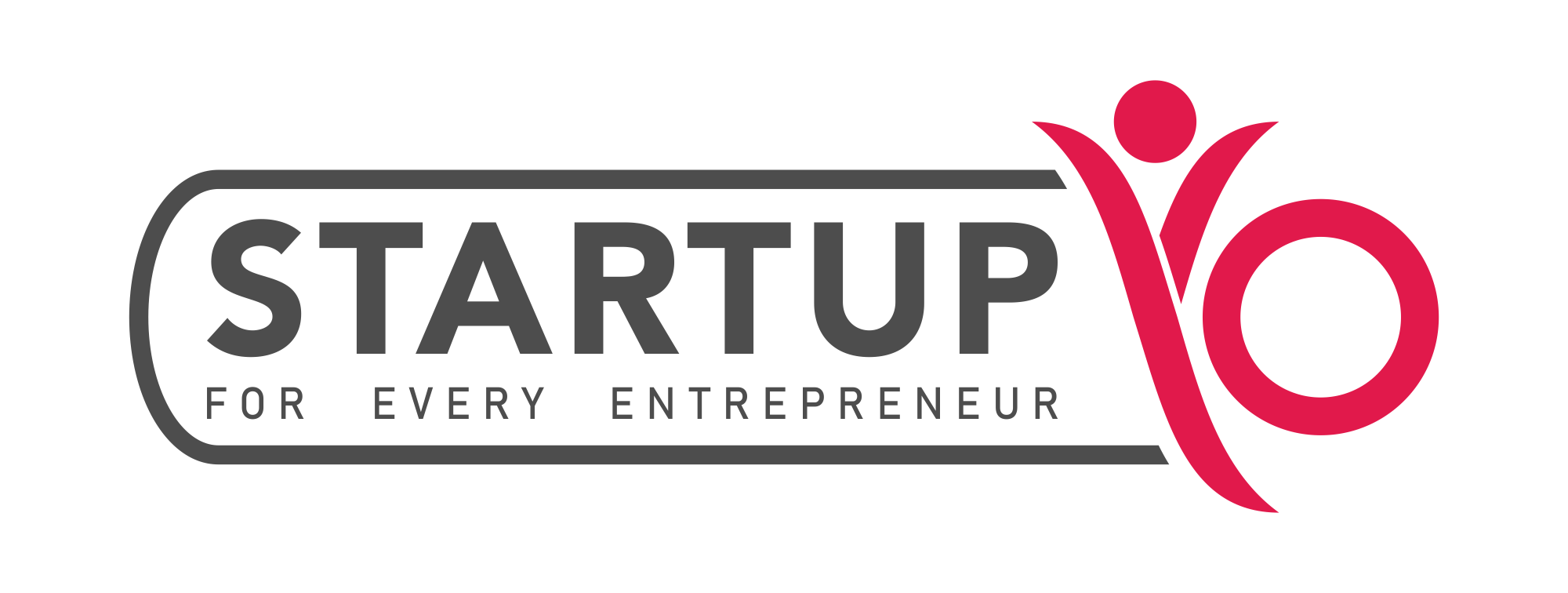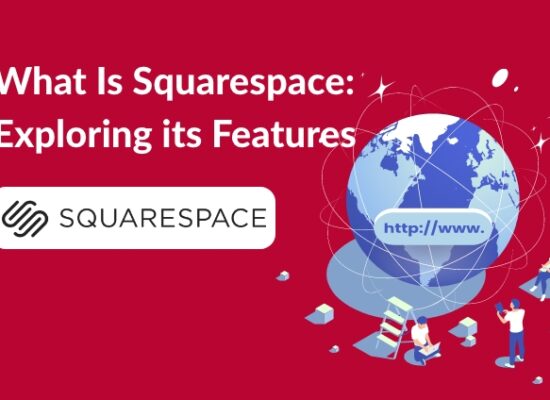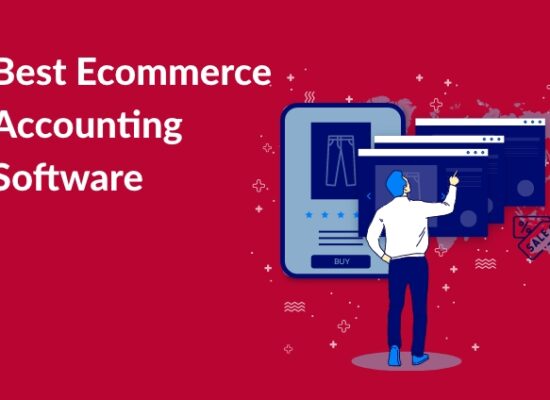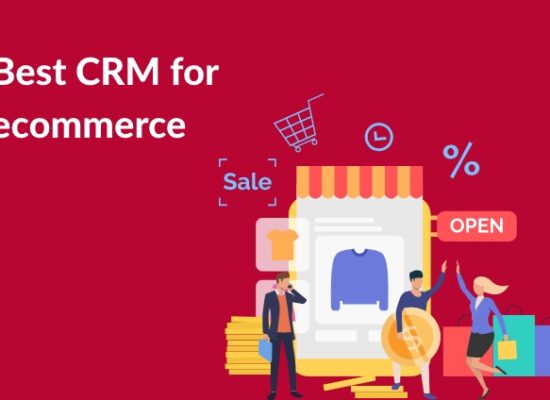- Rise of Ecommerce Business
- What is Print on Demand?
- How does Print On Demand Work?
- Advantages of Print on Demand Business
- What is Dropshipping?
- How does Dropshipping Work?
- Advantages of Dropshipping Business
- Key Differences Between Print on Demand and Dropshipping (Print on Demand vs. Dropshipping)
- Choose POD and Dropshipping wisely
Are you ready to dive into the world of e-commerce? Well, let me tell you, it’s like stepping into a digital marketplace filled with endless opportunities. But before you take the plunge, let’s talk about two popular business models that are making waves: Print on Demand and Dropshipping.
Rise of Ecommerce Business
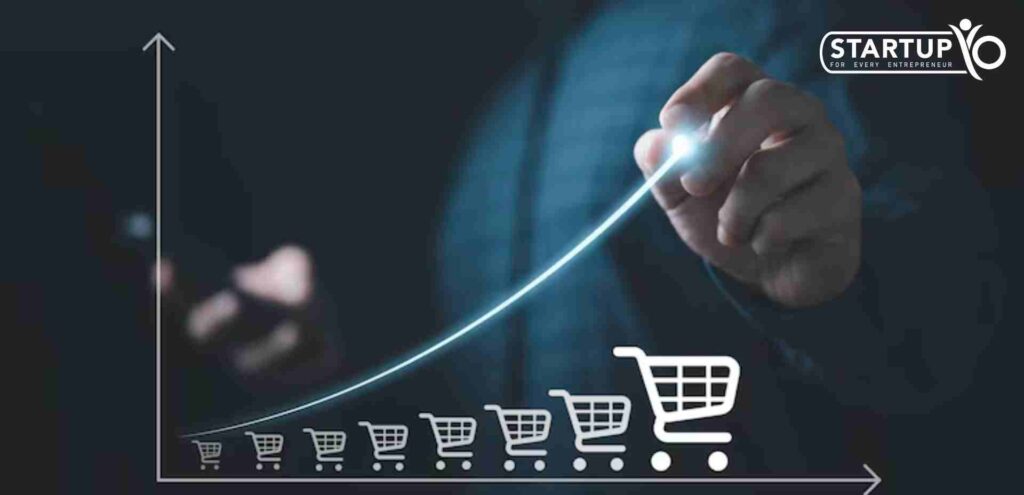
Imagine entering a store where you could find whatever you could possibly need with a single click. That’s essentially how the e-commerce boom is going.
There are hundreds of possibilities available to you ranging in price, size, colour, and brand. The allure of online shopping is that there are countless possibilities in your hands
Your options are no longer restricted to what your neighbourhood stores have to offer. Without leaving the comforts of your home, you can browse products from around the globe.
There is a website or app out there that will satisfy any of your interests whether they are in fashion, electronics, home decor, or even foreign cuisine.
The way we shop has changed due to e-commerce, which has made it easier and more accessible than before. You may now find new products that suit your tastes and make well-informed judgments due to the popularity of user reviews and personalised recommendations.
There are always deals to be found if you know where to search, whether they be in the form of reward programs or flash discounts. The possibilities in this booming e-commerce era are genuinely limitless. There is something for everyone in the online marketplace whether you’re shopping for necessities or treating yourself with something special.
Read more: How to start an Ecommerce Business : cost, tips and steps
What is Print on Demand?
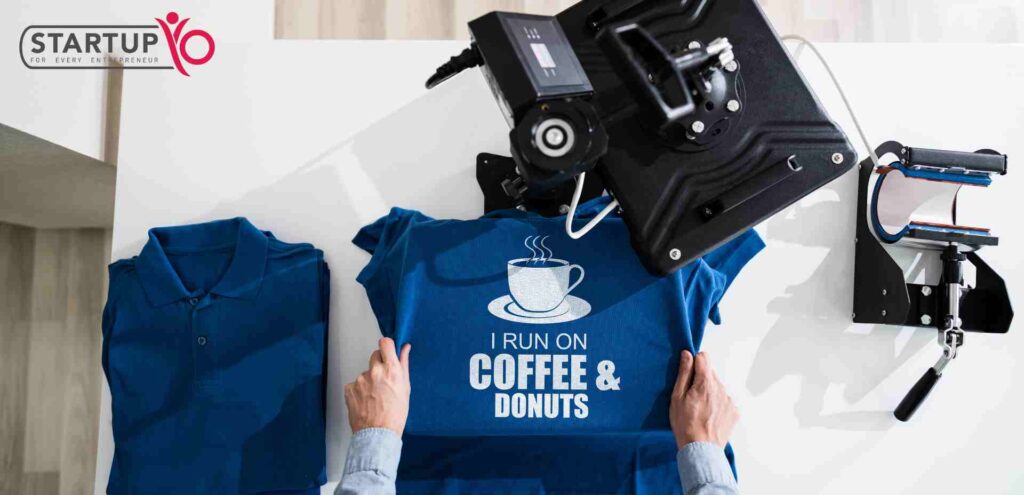
Rather than producing goods in large quantities, the Print on Demand approach enables products, typically books, clothing, or artwork to be created one at a time as they are ordered.
This lowers inventory costs and eliminates the need for significant upfront investments because things are only printed when they are purchased. It’s well-liked by independent writers, artists, and small companies trying to cut costs and risks.
How does Print On Demand Work?
This business model produces goods one at a time usually with digital printing technology in response to orders.
This is a thorough step by step process of how it operates
Product Creation:
To begin, a digital file of the product that will be printed must be created. A book manuscript, piece of art, clothing design, or any other printable item could be this.
Integration with POD Platform:
To streamline the printing and delivery process, creators or companies collaborate with a POD service provider, frequently an online platform.
Catalog Setup:
Following uploading, the designs are arranged into a catalogue of items that can be printed. Customers typically access this catalogue via an online retailer.
Consumer Order:
The POD platform gets order information such as the precise design, size, and quantity desired, when a consumer makes an order for a product from the POD catalogue.
Printing Process:
The design is printed onto the selected item, a book cover, T-shirt, mug, or poster using digital printing technology.
Quality Control:
Following printing, the item is put through quality control inspections to make sure it satisfies the requirements.
Packaging and Shipping:
Depending on the customer’s preferred shipment method and region, the POD platform makes arrangements for shipping via many carriers.
Delivery to Customer:
After packaging, the item is sent straight to the address the customer has provided. Customers may keep track of the status of their orders with the tracking information provided by the POD platform.
Payment Processing:
The POD platform takes care of payment processing, giving the creator or company the remaining after deducting any relevant fees.
Customer Service:
During the order fulfilment process, the POD platform normally offers customer service help, addressing questions, returns, and any other problems that might come up.
Advantages of Print on Demand Business
- You don’t need to make upfront investments in big prints when using POD. To lower financial risk, you only print copies as orders are received.
- POD gives you the freedom to print a broad variety of goods such as clothing and books.
- There is no chance of overstock or unsold inventory because products are printed just when required which lowers waste and storage expenses.
- POD product management has little upkeep once established, giving artists more time to concentrate on other facets of their businesses.
- POD systems frequently manage fulfilment and shipment which simplifies consumer outreach globally by eliminating the logistical complexities associated with warehousing and shipping.
What is Dropshipping?
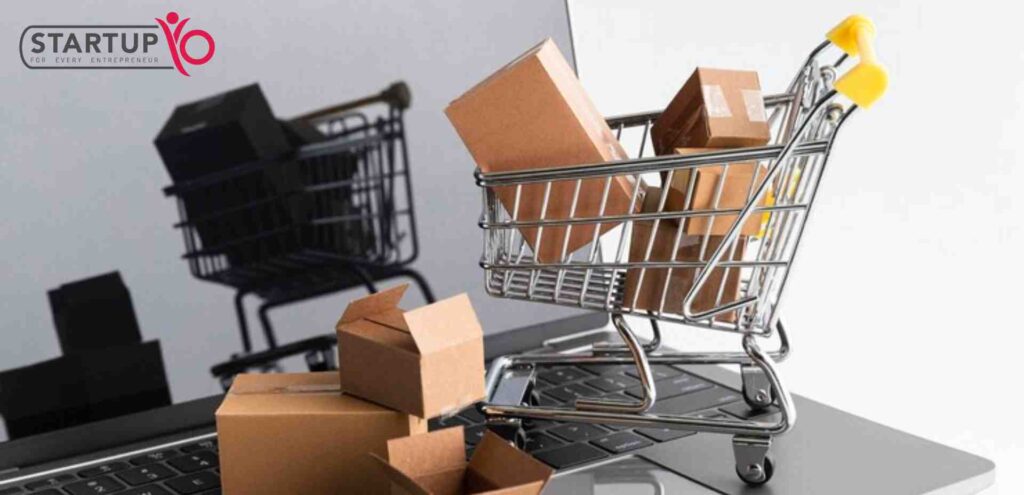
In the dropshipping business model, you don’t keep products in stock. Rather, you collaborate with suppliers that manage inventory and distribute straight to clients. A product is bought by a retailer directly from a third party and shipped straight to the customer.
This frees up retailers to concentrate on sales and marketing rather than managing inventory or delivery arrangements. Since there is no initial inventory investment required, it’s a low-risk method of launching an e-commerce company.
How does Dropshipping Work?
Dropshipping is a retail fulfilment strategy in which an online retailer ships things without maintaining inventory.
This is a thorough step by step process of how it operates
Establish an Online Store:
To display products for sale, the dropshipper either establishes an online store or collaborates with an already-existing e-commerce platform.
Source Suppliers:
A dropshipper looks for wholesalers or suppliers who are ready to dropship goods.
Product Selection:
From the supplier’s inventory, the dropshipper chooses which products to provide. They have access to a large selection of commodities such as clothing, gadgets, household goods, and more.
Import Product Listings:
The dropshipper integrates product listings into their web store after selecting the products. This includes the product descriptions, photos, and price details.
Customer Places Order:
The supplier receives the order information when a customer buys a product from the dropshipper’s online store.
Supplier Fulfilment:
The supplier takes delivery of the order and handles the order processing on the dropshipper’s behalf. If asked, they choose, package, and deliver the item straight to the client utilising the dropshipper’s labels and packaging materials.
Tracking Data:
The supplier gives the dropshipper the tracking data which the dropshipper subsequently gives to the client.
Customer service:
The dropshipper responds to questions, issues and returns from customers during the process.
Payment Processing:
The customer pays the dropshipper for the item(s) they have sold. They pay the supplier for the product and retain the profit margin after deducting any fees and the cost of goods sold.
Scalability and Growth:
With no limitations from conventional inventory management, the dropshipper may access new markets and increase the range of products they sell as their firm expands.
Read More : 10 Best Dropshipping Business Ideas
Advantages of Dropshipping Business
- You don’t need to buy goods up front, dropshipping takes a small initial expenditure.
- You can offer a large selection of products with dropshipping as inventory restrictions do not apply. Depending on demand or trends, you can easily add or delete products from your store.
- You don’t have to keep inventory, you are free from handling fulfilment, storage, and stock level management. This lowers operating complexity and overhead expenses.
- As you don’t have to worry about handling physical inventory or fulfilment operations. So, scaling a dropshipping business is quite simple. You can concentrate on growing your clientele and refining your marketing tactics as sales increase.
- Dropshipping offers flexibility and the chance for remote work or location-independent business because it can be run from any location with an internet connection.
Key Differences Between Print on Demand and Dropshipping (Print on Demand vs. Dropshipping)
Although dropshipping and print on demand have similar benefits for inventory management, their clientele and business models are distinct. Dropshipping is appropriate for companies that prioritise scalability and profit margins whereas POD is best for those that prioritise customisation and design control.
| Print On Demand | Dropshipping | |
| Inventory Ownership | In POD, the company retains ownership of the designs but the real goods (t-shirts, mugs, etc.) are only made in response to orders. Thus, it is not necessary to keep inventories on hand. | In this method, the company selling the goods doesn’t own them. Rather, the product is acquired from a third-party supplier upon the client’s order and it is subsequently shipped directly to the customer. The company never physically handles the inventory. |
| Customization | As POD products are made based on demand, personalization is possible. The product is printed with the designs, colours, and sizes that the customer selects. | As the products are pre-manufactured and stocked by the supplier, dropshipping usually enables less customisation. The supplier’s options for customization are the only ones available. |
| Product Quality Control | Greater control over product quality is possible because the company selects the printing service and creates the designs. | Since the company doesn’t handle the products directly, quality control can be difficult under this model. You count on the supplier to uphold their standards for quality. |
| Shipping and Fulfilment | POD providers frequently take care of fulfilment and shipping which streamlines operations for the company. The company might not have as much control over shipping rates and schedules. | In this scenario, fulfilment and shipping costs are covered by the supplier. This implies that the company might have less control over the cost, timing, and packaging of shipping. |
| Profit Margins | On-demand printing results in greater production costs than dropshipping, so POD often gives lower profit margins per transaction. On an average, there is a profit margin of 15% to 20% | Since the company doesn’t have to make an upfront inventory investment and can determine its own prices, dropshipping may result in larger profit margins. On an average, you can get a profit margin of over 30%. |
| Scalability | New designs may be introduced quickly and there is no prior investment in inventory, so POD has the potential to be more scalable in terms of product diversity. | The company doesn’t have to worry about manufacturing capacity or inventory management, so dropshipping can be more scalable in terms of order volume. |
| CAGR | The global POD industry is estimated to grow at 26.1% by 2030. | The global dropshipping business is expected to grow at 27.1% by 2031. |
Choose POD and Dropshipping wisely
Overall, a number of important considerations influence the decision between dropshipping and print on demand (POD). POD gives more freedom and creativity for companies that value brand identity, personalization, and design flexibility. On the other hand, dropshipping is more appealing to people who want less inventory management, quicker fulfilment, and cheaper upfront costs.
In the end, the choice should be in line with the particular requirements and goals of every entrepreneur whether that means using dropshipping to maximize efficiency and scalability or using POD to create a distinctive brand presence. In the world of e-commerce, entrepreneurs may make well-informed decisions that steer their businesses toward success by carefully assessing these factors.
FAQ’s
Which model has the most choices for customization?
While Dropshipping depends on pre-existing inventory, Print on Demand usually gives greater customization options because products can be modified with unique designs.
What distinguishes dropshipping from print on demand?
Whereas dropshipping involves products being shipped straight from a manufacturer or supplier, print on demand involves things being customized and produced after a consumer puts an order.
Which model needs less money up front?
While Print on Demand may necessitate an investment in design and marketing materials, Dropshipping often involves a less initial investment because there is no need to purchase inventory up front.
Which model has higher margins of profit?
Different factors such as product kind, market demand, and price strategy, can affect profit margins. But because dropshipping has fewer overhead expenses, it might provide larger profit margins.
In the long run, which model is more sustainable?
A number of variables including consumer satisfaction, product quality, and market trends, affect sustainability. Each model has advantages and disadvantages, so you should weigh your particular business objectives and available resources.
Which model is more appropriate for beginners?
